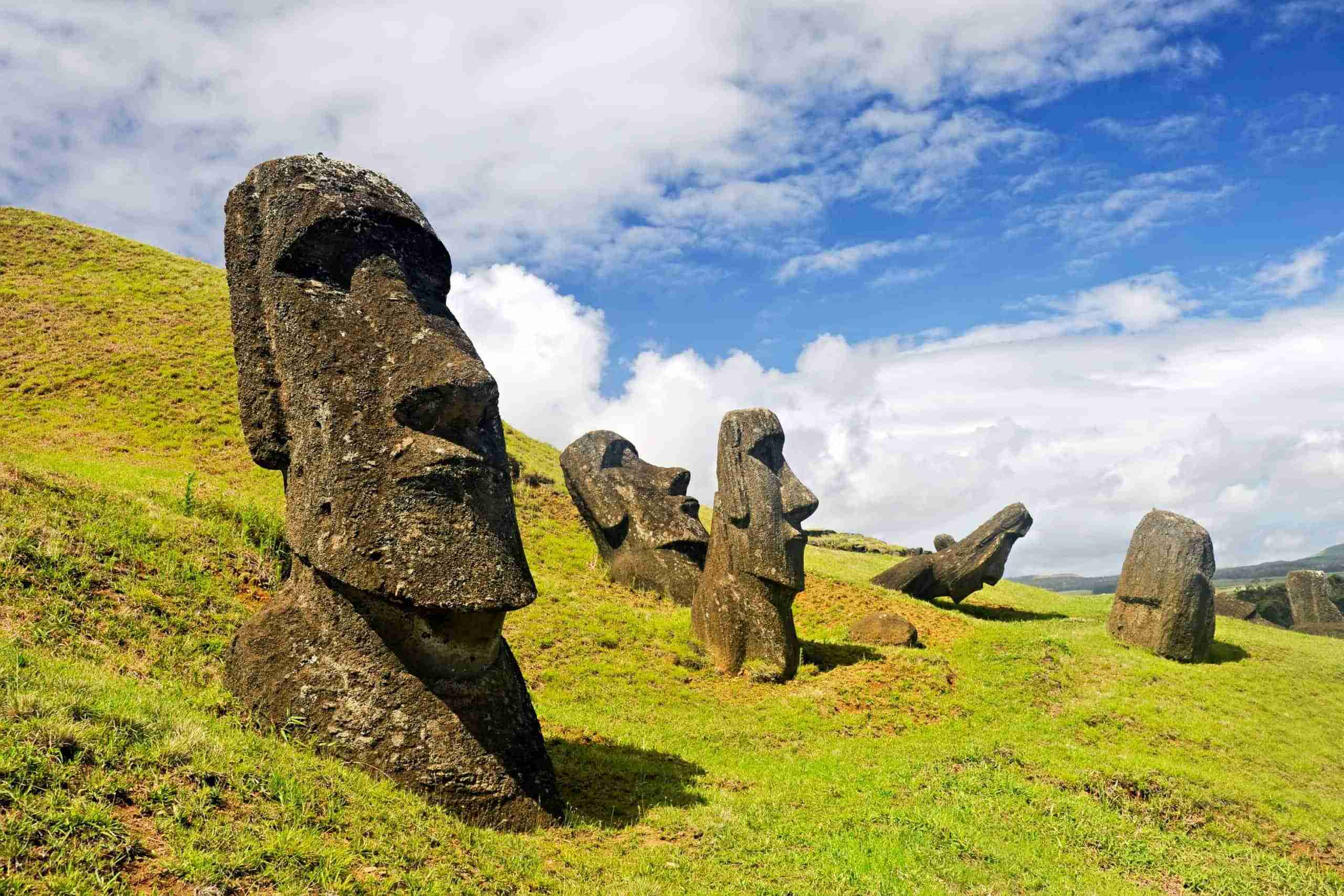
Historical landmarks are more than just old buildings or statues; they are windows into the past. Ever wondered why the Eiffel Tower was built or what secrets the Great Wall of China holds? These landmarks tell stories of ancient civilizations, architectural marvels, and cultural milestones. From the mysteries of Stonehenge to the grandeur of the Taj Mahal, each site has a unique tale to tell. This blog post will take you on a journey through 30 fascinating facts about some of the world's most iconic historical landmarks. Ready to travel through time and uncover the secrets behind these incredible sites? Let's get started!
The Great Wall of China
The Great Wall of China is one of the most iconic structures in the world. Stretching over 13,000 miles, it has a rich history and many fascinating facts.
- The Great Wall wasn't built all at once. Construction spanned several dynasties, starting as early as the 7th century BC.
- Contrary to popular belief, the Great Wall isn't a single continuous wall. It's a series of walls and fortifications.
- The primary purpose was to protect against invasions from nomadic tribes.
- Materials used varied by region. In some areas, bricks were used, while in others, rammed earth or wood was the primary material.
- The wall is often called the "longest cemetery on earth" because many workers died during construction and were buried within the wall.
The Eiffel Tower
Standing tall in Paris, the Eiffel Tower is a symbol of French culture and engineering marvel.
- Gustave Eiffel, the engineer behind the tower, also contributed to the design of the Statue of Liberty's iron framework.
- Initially, many Parisians disliked the tower, calling it an eyesore.
- The Eiffel Tower was the tallest man-made structure in the world until the completion of the Chrysler Building in New York in 1930.
- It was originally intended to be dismantled after 20 years, but it was saved due to its usefulness as a radiotelegraph station.
- The tower is repainted every seven years to protect it from rust.
The Pyramids of Giza
The Pyramids of Giza are ancient wonders that continue to captivate the imagination of people worldwide.
- The Great Pyramid of Giza was the tallest man-made structure in the world for over 3,800 years.
- It is estimated that around 2.3 million blocks of stone were used in its construction.
- The alignment of the pyramids is almost perfectly aligned with the cardinal points of the compass.
- Contrary to popular belief, the pyramids were not built by slaves but by a workforce of skilled laborers.
- The interior temperature of the Great Pyramid remains constant at around 20°C (68°F), regardless of the outside temperature.
The Colosseum
Rome's Colosseum is a testament to the grandeur of ancient Roman architecture and engineering.
- The Colosseum could hold between 50,000 and 80,000 spectators.
- It was used for gladiatorial contests, public spectacles, and even mock sea battles.
- The structure has been damaged by earthquakes and stone robbers over the centuries.
- The Colosseum had a complex system of underground tunnels and chambers where gladiators and animals were kept before contests.
- It is one of the New Seven Wonders of the World.
Machu Picchu
Nestled high in the Andes Mountains, Machu Picchu is a symbol of the Incan Empire and a marvel of ancient engineering.
- Machu Picchu was built in the 15th century but was abandoned a century later during the Spanish Conquest.
- The site was unknown to the outside world until American historian Hiram Bingham brought it to international attention in 1911.
- The exact purpose of Machu Picchu remains a mystery, though it is believed to have been a royal estate or religious site.
- The site is divided into two main areas: the agricultural sector and the urban sector.
- Machu Picchu is located at an altitude of 2,430 meters (7,970 feet) above sea level.
The Statue of Liberty
A gift from France to the United States, the Statue of Liberty stands as a symbol of freedom and democracy.
- The statue was designed by French sculptor Frédéric Auguste Bartholdi and its metal framework was built by Gustave Eiffel.
- It was shipped to the United States in 350 individual pieces and assembled on Liberty Island.
- The statue's full name is "Liberty Enlightening the World."
- The seven spikes on the crown represent the seven seas and seven continents.
- The statue's torch was replaced in 1986 with a new copper torch covered in 24k gold leaf.
Final Glimpse at Historical Landmarks
Historical landmarks offer a window into our past, showing us the stories, struggles, and triumphs of those who came before. From the Great Wall of China to the Pyramids of Giza, these sites are more than just tourist attractions; they're pieces of history that have stood the test of time. Visiting these landmarks can be a humbling experience, reminding us of the ingenuity and perseverance of ancient civilizations. Whether you're a history buff or just someone who enjoys a good story, there's always something new to learn from these incredible sites. So next time you plan a trip, consider adding a historical landmark to your itinerary. You'll not only get to see something amazing but also gain a deeper appreciation for the world we live in.
Was this page helpful?
Our commitment to delivering trustworthy and engaging content is at the heart of what we do. Each fact on our site is contributed by real users like you, bringing a wealth of diverse insights and information. To ensure the highest standards of accuracy and reliability, our dedicated editors meticulously review each submission. This process guarantees that the facts we share are not only fascinating but also credible. Trust in our commitment to quality and authenticity as you explore and learn with us.


